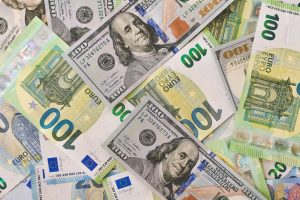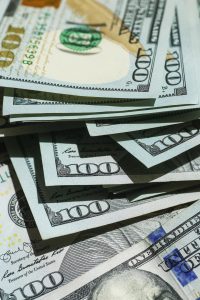Forex trading has become increasingly popular among banks worldwide. Banks are some of the largest participants in the forex market, accounting for a significant portion of daily trading volume. The forex market is a decentralized market where currencies are bought and sold. It operates 24 hours a day, five days a week, and is not tied to a specific location or exchange. This allows banks to trade forex around the clock from anywhere in the world.
Banks trade forex for various reasons. Some banks trade forex to generate profits for their clients, while others trade forex to hedge against potential losses. Whatever the motive, banks trade forex differently from individual traders. Banks have access to more resources, sophisticated trading platforms, and a team of experienced traders. This gives them an advantage in the market, allowing them to execute trades more efficiently and at a lower cost.
So, when do banks trade forex? Banks trade forex during specific periods of the day when the market is most active. These periods are known as trading sessions. There are three major trading sessions in the forex market: the Asian session, the European session, and the US session.
The Asian trading session starts at 9:00 PM GMT and ends at 8:00 AM GMT. This session is the least volatile of the three and is characterized by low trading volumes. The Asian session is dominated by the Japanese yen, Australian dollar, and New Zealand dollar. Banks that operate in the Asia-Pacific region are most active during this session.
The European trading session starts at 8:00 AM GMT and ends at 5:00 PM GMT. This session is the most active and is characterized by high trading volumes. The European session is dominated by the euro, British pound, and Swiss franc. Banks that operate in Europe are most active during this session.
The US trading session starts at 1:00 PM GMT and ends at 10:00 PM GMT. This session is also characterized by high trading volumes, as it overlaps with the European session. The US session is dominated by the US dollar, Canadian dollar, and Mexican peso. Banks that operate in the Americas are most active during this session.
Banks also trade forex during news releases and events that can affect the currency markets. These events include monetary policy announcements, economic data releases, and geopolitical events. Banks have access to news feeds and research reports that provide them with insights into market trends and potential trading opportunities.
Banks also trade forex on behalf of their clients. Clients may include corporations, governments, and individuals. Banks provide forex services to their clients, such as currency exchange, hedging, and risk management. Banks may also offer forex trading platforms to their clients, allowing them to trade forex directly.
In conclusion, banks trade forex during specific trading sessions when the market is most active. They also trade forex during news releases and events that can affect the currency markets. Banks have access to more resources and sophisticated trading platforms, giving them an advantage in the market. Banks trade forex for various reasons, such as generating profits for their clients or hedging against potential losses. Banks also provide forex services to their clients, such as currency exchange, hedging, and risk management.






